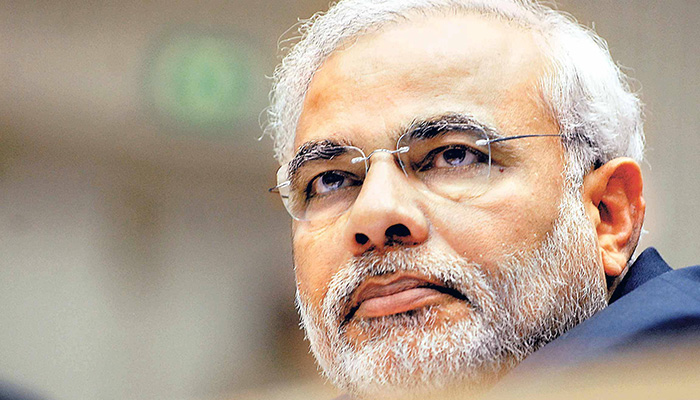History of Kannada
Stone inscriptions
The first record on the Kannada language is traced to Emperor Ashoka's Brahmagiri edict dated 230 BC. the primary example of full-length Kannada language stone inscription (Shilashaasana) in Hale Kannada (Old-Kannada) script is often found within the Halmidi inscription, dated c. 450 CE. before this, there's an abundance of inscriptions containing Kannada words, phrases and sentences. The 543 CE. Badami fort Shilashaasana of Pulakesi I is an example of Sanskrit inscription in Hale Kannada script.
Copperplate inscriptions
An example of early Sanskrit copper plate inscription (Tamarashaasana) in Old Kannada script is that the Western Ganga Dynasty Penugonda inscription date early 6th c. CE. (Govt. The museum, Chennai). The earliest full-length Kannada Tamarashaasana in Old Kannada script (early 8th c. CE) belongs to Alupas ruled by Aluvarasa II from Belmannu, South Kanara district and has the double crest fish, their royal emblem.
Ancient manuscripts
The oldest well-preserved palm leaf manuscript is in old Kannada and is that of Dhavala, dated to around 9th century, preserved within the Jain Bhandar, Mudbidri, Dakshina Kannada district. The manuscript contains 1478 leaves written in ink.
Kannada language inscriptions are the very best of any language in India, with quite 30,000. These inscriptions weren't only discovered in Karnataka but also quite common in Andhra Pradesh, Maharashtra, and Tamil Nadu. Some inscriptions were also found in Madhya Pradesh, Gujarat, and Uttar Pradesh. As an example, the inscription at Jura 964 C.E. (Jabalpur), belonging to the reign of Rashtrakuta Krishna III, is considered an epigraphical landmark of classical Kannada literary work, with charming poetic diction in polished Kannada meter. this means the spread of the language over the ages, especially during the rule of huge Kannada empires.
Impact on other cultures and languages
Kannada has had a significant influence on other Indian languages and overseas cultures. it's been delivered to light the influence of old Kannada on the language of Tamil-Brahmi inscriptions from the 2nd. c. BCE - 4th. c. CE. These observations were made using grammatical and lexical analysis.
Chariton mime, a Greek drama discovered at Oxyrhynchus and dated to 2nd-century CE. or earlier contains scenes where Indian characters within the skit speak dialogue in Kannada.
Prior to and through the first Christian era, Kannada country seems to possess been in close trade ties with the Greek and Roman empires of the west. Greek dramatists of 4th-century BCE., particularly Euripides and Aristophanes seem to possess been conversant in the Kannada language. this is often evident in their usage of Kannada words and phrases in their dramas and skits.




Comments